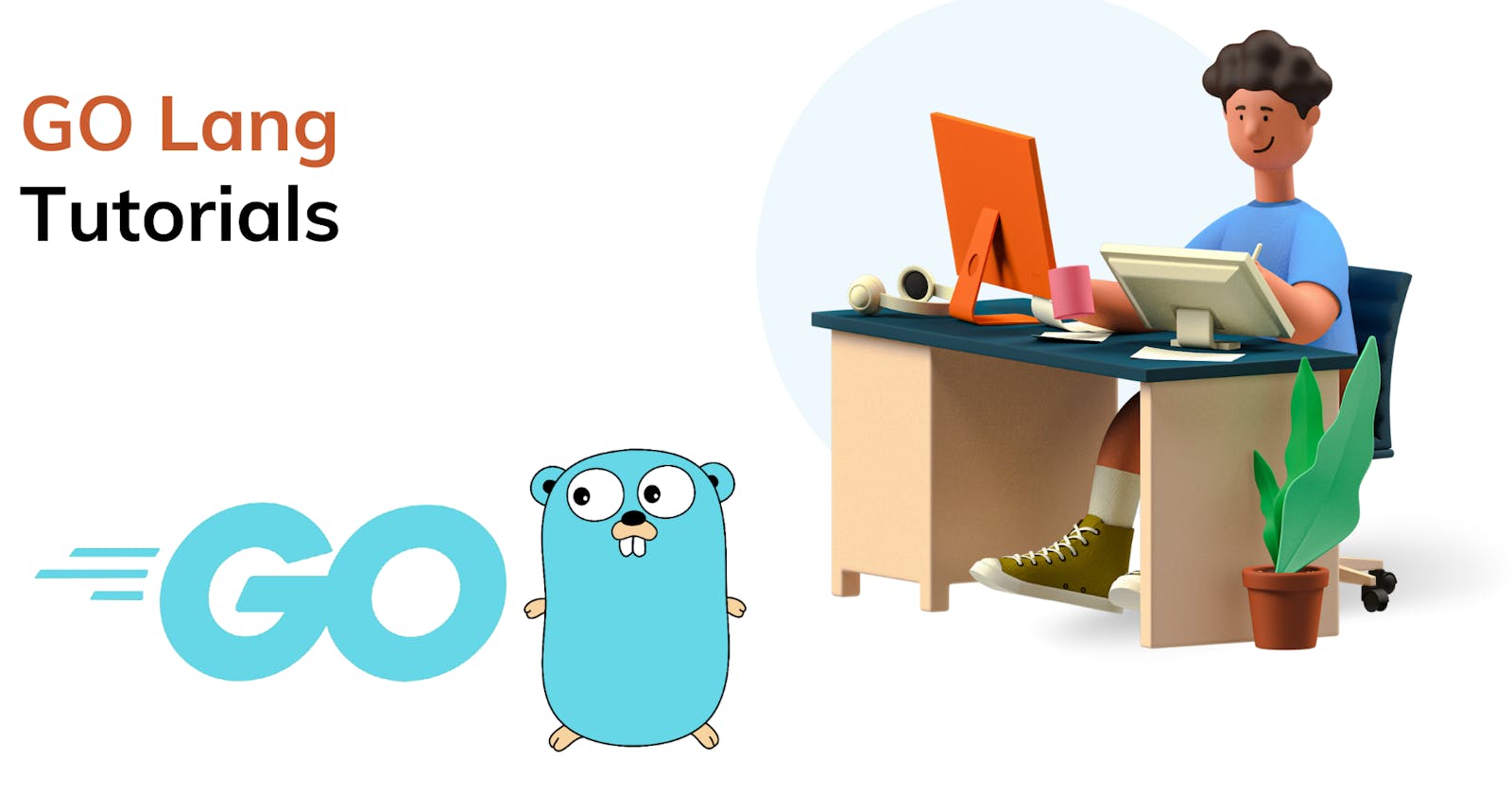Establishing one-to-one relationships in databases is essential for connecting data between tables in a meaningful way. GORM, the Object Relational Mapping library for Go, provides robust features to define and manage one-to-one relationships seamlessly within your applications. Let's delve into an in-depth exploration of one-to-one relationships using GORM, empowering you to efficiently model and interact with related data in your Go applications.
Understanding One-to-One Relationships
In a one-to-one relationship, each record in one table corresponds to exactly one record in another table, and vice versa. It's a direct and singular association between entities, often used to represent connections such as a user and their profile details.
Defining One-to-One Relationships in GORM
Model Definition
Consider a scenario where each User has exactly one Profile:
package models
import "github.com/go-gorm/gorm"
type User struct {
gorm.Model
Name string
Profile Profile // One-to-one relationship with Profile
}
type Profile struct {
gorm.Model
UserID uint
User User // One-to-one relationship with User
// Other profile fields
}
Here, the User struct contains a Profile field, establishing the one-to-one relationship. Simultaneously, the Profile struct includes a User field to represent the reverse association.
GORM Tags for One-to-One Relationships
Utilize GORM's tags to define one-to-one relationships:
type User struct {
gorm.Model
Name string
Profile Profile `gorm:"foreignKey:UserID"`
}
type Profile struct {
gorm.Model
UserID uint
User User `gorm:"foreignKey:UserID"`
// Other profile fields
}
The foreignKey tag specifies the foreign key to establish the relationship between the User and Profile tables.
Managing One-to-One Relationships
Creating Records
user := models.User{
Name: "John",
Profile: models.Profile{
// Profile fields
},
}
db.Create(&user)
Creating a User record automatically creates a corresponding Profile record due to the one-to-one association.
Retrieving Records
var user models.User
db.Preload("Profile").First(&user, 1)
Using Preload allows fetching a User record along with its associated Profile.
Updating and Deleting Records
var user models.User
db.First(&user, 1)
user.Profile.UserID = 2 // Updating profile association
db.Save(&user)
db.Delete(&user) // Deleting a user deletes associated profile due to one-to-one relationship
Conclusion
Congratulations! You've learned how to define, manage, and utilize one-to-one relationships using GORM in Go. Leveraging GORM's robust features, you can seamlessly establish and interact with one-to-one associations, allowing for efficient modeling and retrieval of related data within your applications.
Mastering one-to-one relationships empowers you to design comprehensive and well-connected data models, enabling seamless interactions and ensuring data integrity across related entities in your Go applications.
I hope this helps, you!!
More such articles:
https://www.youtube.com/@maheshwarligade

